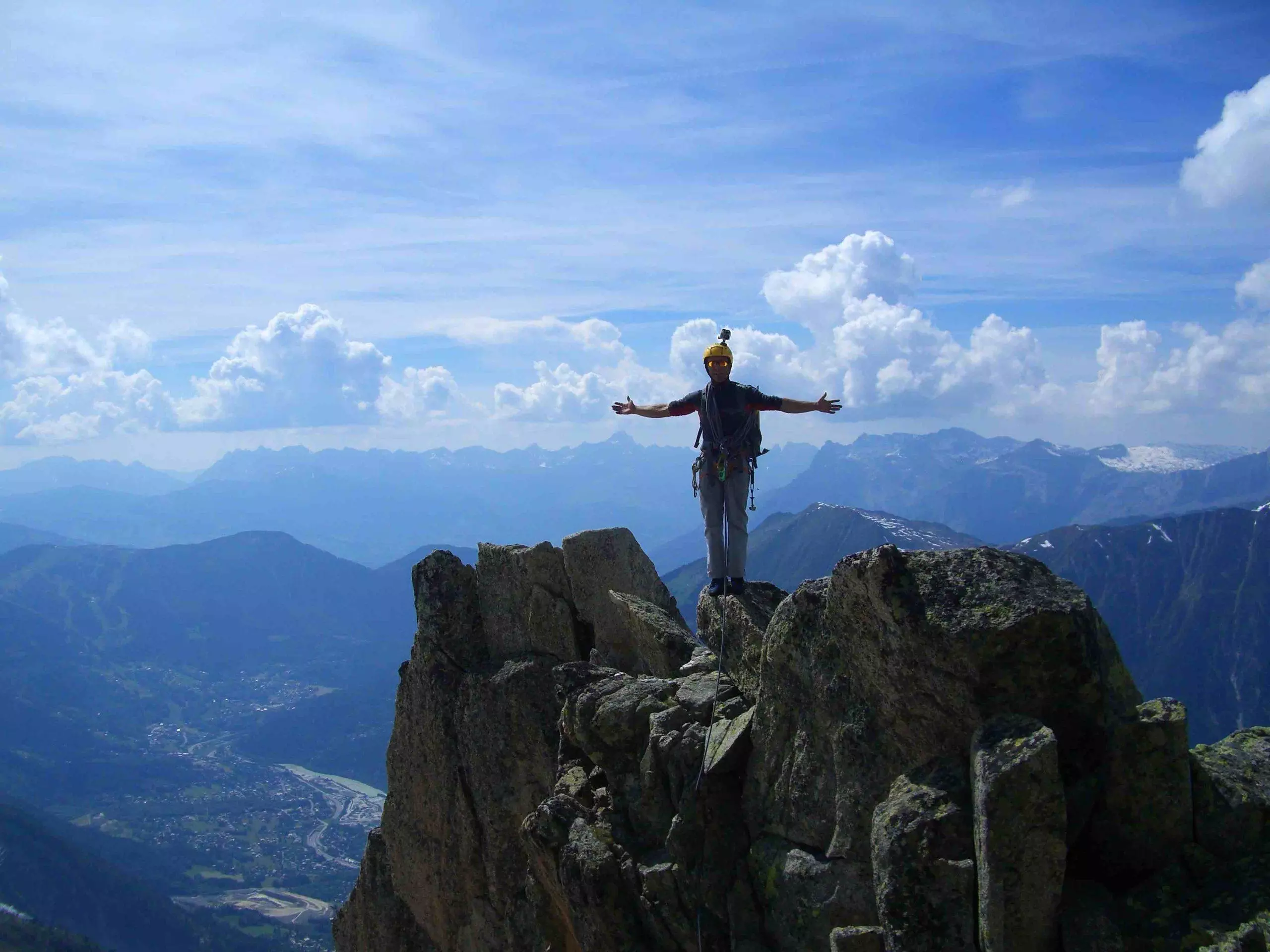Guide to Gore-Tex (and other membranes)
Rain has returned to the Sea to Sky this week, sorely needed for wildfires still burning in the region and giving the soil on hiking and mountain bike trails a chance to replenish its moisture. While it has been an unseasonably hot dry summer – an anomaly that seems to be becoming an annual trend her in British Columbia – outdoor folk of the Pacific Northwest know full well that rain can often arrive unannounced and linger for longer than expected. Thankfully technology has us covered in the form of waterproof breathable fabrics. And there's one household name that has dominated this corner of the outdoor apparel market for decades – Gore-Tex. Invented in 1969 after Bob Gore experimented by quickly stretching a piece of polytetrofluoroethylene (PTFE), a material that was being used for electrical cable housing. The result was an extremely thin film – now termed “membrane” - with billions of microscopic pores, impervious to water but large enough to let sweat vapour through. Sandwich the expanded PTFE between a nylon outer shell and and durable backing (to avoid dirt and sweat to clogging the tiny pores) and you have the 3-ply Pro Shell jacket sold by dozens of apparel companies. Those jackets all feature the prominent GORE-TEX stamp on the garment and a large diamond shaped hang tag that explains the benefits of the technology. - namely being able to keep you dry from the elements while still allowing the garment to breathe effectively.

